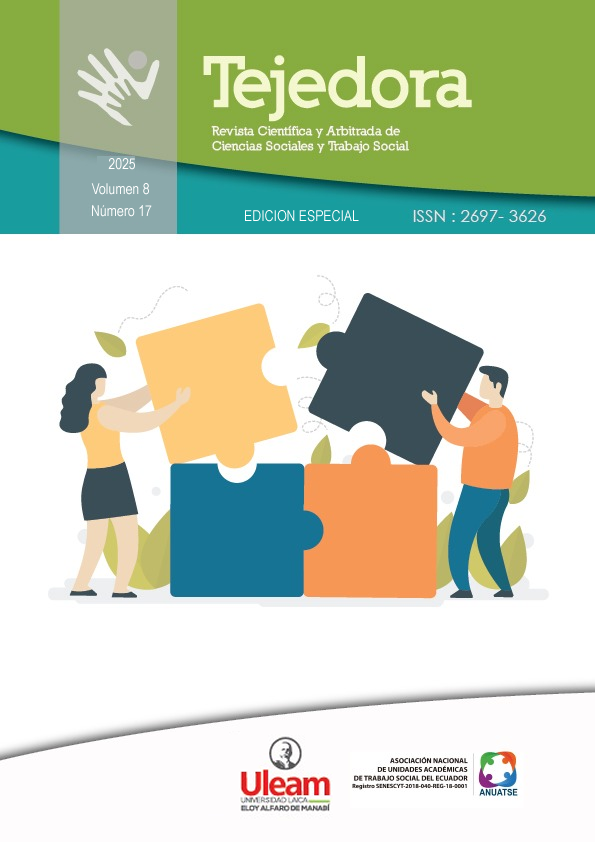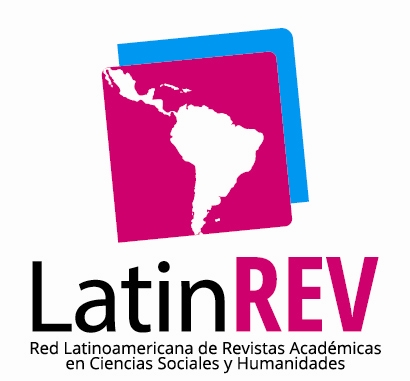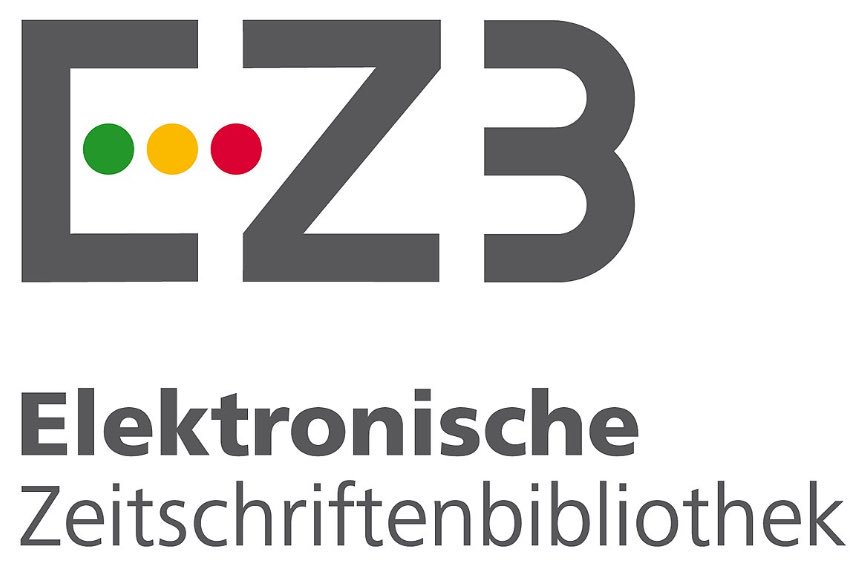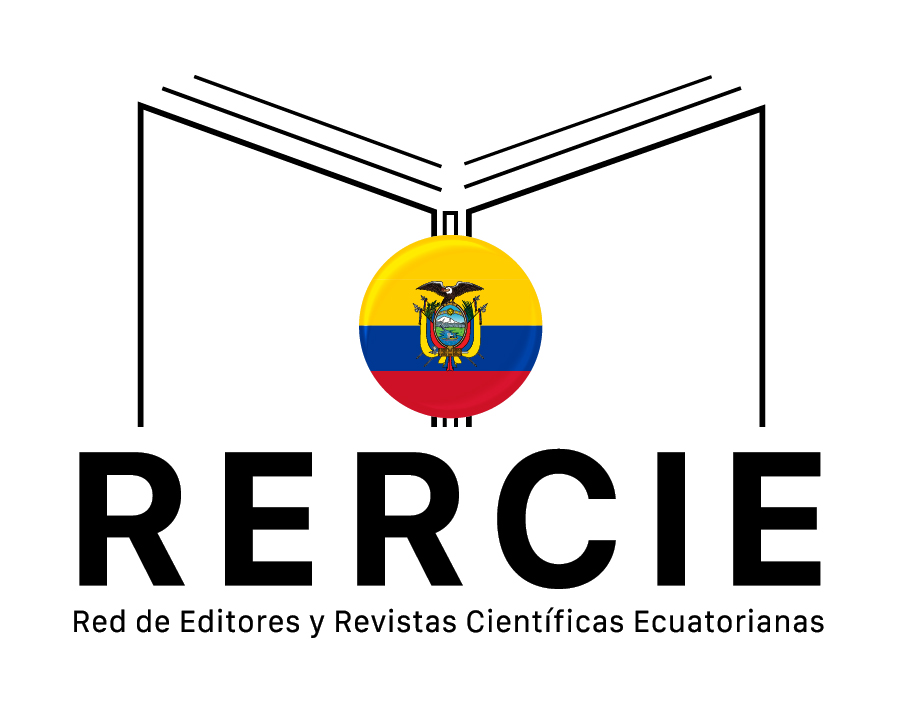POLICE INTERVENTIONS AND THEIR IMPACT ON REDUCING DRUG CONSUMPTION
DOI:
https://doi.org/10.56124/tj.v8i19.042Keywords:
Community, drug use, police interventionAbstract
Drug use is a serious public health problem, linked to both individual and social risk behaviors. In this context, the aim is to determine the impact of police interventions in reducing drug use through operational strategies such as focused patrols, control operations and surveillance actions, not only to dismantle trafficking networks, but also to limit access to illicit substances. Likewise, community collaboration plays a fundamental role, since their active participation allows for quicker and more precise responses in interventions. Similarly, the allocation of financial and logistical resources is essential to ensure the effectiveness and sustainability of these strategies, combining adequate fund management, personnel training and the use of advanced technologies. Finally, the research question guiding this analysis is: How do police interventions have an impact on reducing drug use?
The methodology used will be a quantitative approach, with a non-experimental cross-sectional design, therefore, the design is descriptive, based on surveys and analysis of statistical data. This research concluded that police interventions have a positive impact on reducing drug use.
Downloads
References
Anrango, D., y Medina , J. (2022). Percepciones ciudadanas sobre la Policía de Ecuador: Estudio de los factores que influyen sobre la confianza en la institución policial. Revisra Scielo, 17(34), 474-505. https://doi.org/http://politcrim.com/wp-content/uploads/2022/10/Vol17N34A2.pdf
Calero , E., y Ramírez, J. (2021). Análisis de prevención en las drogodependencias en el barrio Jaime Roldós Aguilera, Quito. Revista Científica, 22(6), 78-90. https://doi.org/10.29394/Scientific.issn.2542-2987.2021.6.22.4.78-95
Campbell Collaboration. (2018). Efectividad de las estrategias de vigilancia policial focalizada. scioteca. https://scioteca.caf.com/bitstream/handle/123456789/1576/Efectividad_de_las_estrategias_de_vigilancia_policial_focalizada.pdf?sequence=1&isAllowed=y
Carrión , y Pontón. (2020). 120 estrategias y 36 experiencias de seguridad ciudadana. Red de Bibliotecas Virtuales de CLACSO.
Departamento de Análisis de Información de a Dirección Nacional de Investigación Antidrogas. (2023). Evaluación situacional del entorno estratégico del narcotráfico en Ecuador 2019-2022. Policía Nacional del Ecuador. https://oeco.padf.org/wp-content/uploads/2023/07/EVALUACION-SITUACIONAL-NARCOTRAFICO-ECU-2019-2022-.pdf
Espinosa, C. (2020). Una amenaza silenciosa: El narcotráfico en Ecuador. Revistas USFQ, 45(3), 45-61.
Kuri, D., y Vélez, R. (2021). Política sobre drogas en el Ecuador: Desafíos y propuestas. UNIVERSIDAD ESPÍRITU SANTO. https://doi.org/978-9978-25-199-7
Mendoza, Vera, y Castro. (2024). Consumo de sustancias psicoactivas y su impacto social en la población. MQRInvestiga, 2056-2077.
Rivadeneira, P. (2022). Informe Mundial de Drogas 2022 UNODC. UNODC.
Sampieri, R., Collado, C., y Baptista, M. (2014). Mtodología de la Investigación (sexta ed.). Mc GrawHill. https://doi.org/978-1-4562-2396-0
Sánchez, L., Ganzo, J., y Quintal, N. (2023). Estrategias en Seguridad Pública y su Impacto en el Ámbito Económico. Ciencia Latina Revista Científica Multidisciplinar, 7(5). https://doi.org/https://doi.org/10.37811/cl_rcm.v7i5.8419
Villalobos. (2020). El desarrollo tecnológico en materia policial: una receta de éxito para la prevención del delito. Revista de Relaciones Internacionales, Estrategia y Seguridad. https://doi.org/10.18359/ries.4243
Published
How to Cite
Issue
Section
License
Copyright (c) 2025 Revista Científica y Arbitrada de Ciencias Sociales y Trabajo Social: Tejedora. ISSN: 2697-3626

This work is licensed under a Creative Commons Attribution-NonCommercial-ShareAlike 4.0 International License.






















